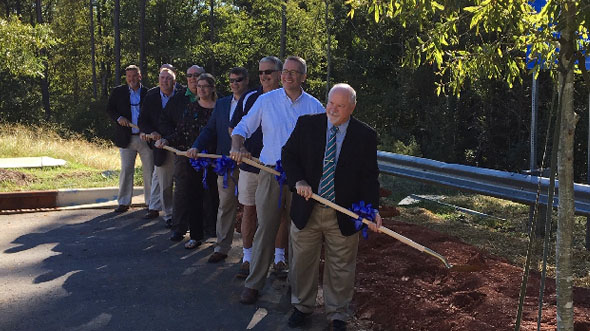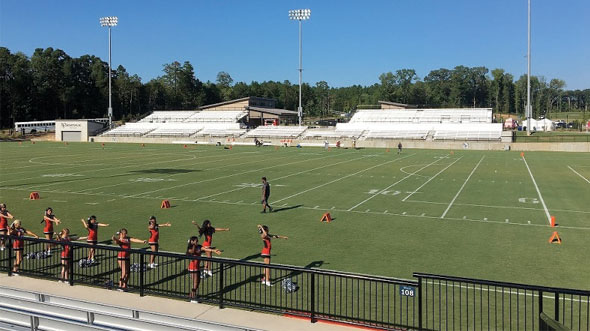
BLOG
—
You Need A Parks and Recreation Master Plan. Here Are 10 Reasons Why
The COVID-19 pandemic has elevated people’s awareness of how valuable and essential accessible outdoor spaces and amenities are for all ages. Site-specific parks and recreation master plans provide an abundance of benefits to any community.
A truly comprehensive strategic plan is backed by the community and belongs to the community. Master planning engages residents throughout the region, recording community priorities, evaluating what the site has and what it needs, and helping parks and recreation departments and the public weigh program and facility desires against realistic budgets.
Regional involvement not only produces a superior product but it helps the community become stakeholders, who emerge from the planning process with an investment in the site and an understanding of why planning and budgeting are a necessary part of successfully implementing change. This engagement is huge, but it is just one of the benefits of a parks and recreation master plan. Here are 10 reasons why these plans are beneficial:
- They assess current and future recreation needs of the community. Decision-makers can prioritize resource allocation for rehabilitation projects as well as for new programs, facilities and services in a manner that is fiscally responsible, environmentally sound and publicly supported.
- They establish a long-range vision. When fit with an implementation strategy, action plan and recommendations for a given planning period, system-wide plans help ensure effective access to and use of existing facilities and program resources.
- They help prioritize and budget for capital improvement plans. As demographics change and populations grow, so should park systems. Municipalities can make a strong impact through aligning priorities and investments across their park systems.
- Master plans provide strategies to fill gaps and reduce redundancies within park systems. When preparing a system plan, analyzing the equitable access to parks, their distribution and bike/pedestrian connectivity is essential to understanding existing gaps and overlaps.
- The master planning process builds community support. Not only do public engagements generate funding support, but they also provide valuable perspectives from the broader community to ensure the system meets diverse needs, improves transparency and builds trust.
- Plans promote new ideas and partnerships. These collaborative efforts help communities build and deepen new and existing partnerships and alliances.
- They establish a strong foundation, which is good for grant applications. These applications require documentation and a balanced, responsible action plan to meet those needs. Many grant applications require an approved comprehensive plan, usually developed through a public engagement process.
- Master plans encourage new opportunities for future development. System plans may recommend communities set aside open space and preserve land to accommodate projected population and spatial growth of the area.
- They align CIP investments with community needs. In a proactive analysis, current and projected recreational trends are the general basis for investing in new programs and facilities, as well as the rehabilitation of existing park amenities.
- Master plans and the planning process educate the public. These plans provide insight on the physical and mental health benefits that parks, trails and natural open spaces provide residents. Whether walking on a trail, gathering with loved ones, connecting with nature, playing sports or using play equipment, data indicates that recreation improves health, social interaction and community pride.
In addition to analyzing current programs and facilities, interactive public planning processes take into account community needs and aspirations. Through the consideration of options, this process produces a plan of action that enables municipalities to make changes and improvements that will help their parks system keep pace with and support the growth of each community. Master plans align with community goals and outcomes to create great places to live, work and play.

Andrew Pack
Andrew Pack is the director for Woolpert’s public market, which includes the firm’s parks, recreation and athletic practice. Pack provides senior park planning expertise and mentoring and acts as a liaison between Woolpert and its clients, fostering client relationships marked by trust, respect and transparency. His dedication to his clients is evident in his enduring collaborations over 30 years.


